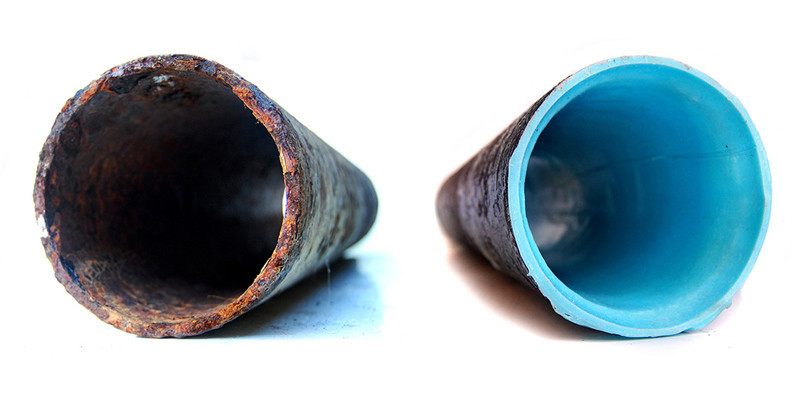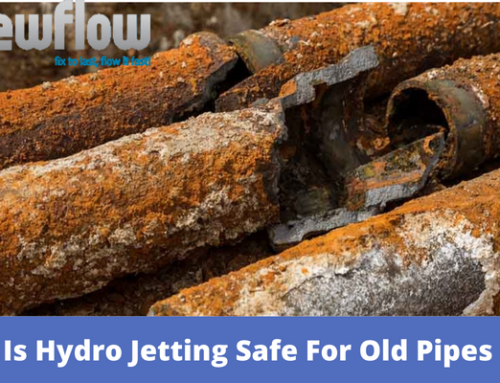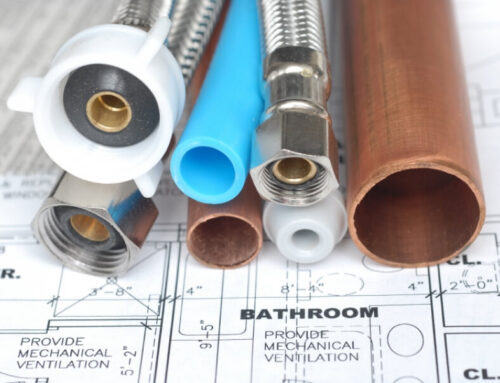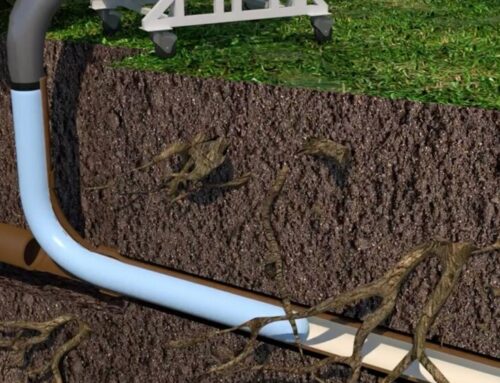Top Reasons to Use Pipe Relining for Sewer Pipe Repair: Cost-Effective
When sewer pipes fail, homeowners often picture messy trenches, long repair times, and expensive bills. Traditional sewer line replacement can be stressful and disruptive, especially when it means tearing up yards, driveways, or even parts of a home. Thankfully, newer methods make things easier. One of the most effective solutions is pipe relining for sewer pipe repair. This approach allows a damaged pipe to be restored from the inside without the need for digging. What makes it even better is that relining often creates a stronger, longer-lasting pipe than the original. By learning why more people are choosing relining over old repair methods, you can decide if it’s the right option for your home. Keep reading to see the top reasons this method saves time, money, and stress while protecting your property.
Understanding Sewer Pipe Problems
Sewer pipes are hidden out of sight, but they carry wastewater away from your home every single day. Over time, these pipes can crack, shift, or become clogged due to tree roots, soil movement, corrosion, or simple aging. When this happens, homeowners notice issues like slow drains, foul odors, or even wastewater backing up into the house.

Traditional pipe replacement often meant digging long trenches to remove old pipes and lay new ones. While effective, this method leaves behind a big mess and usually takes much longer to complete. That’s why people started looking for easier, less disruptive ways to repair pipes. Relining has become one of the most trusted answers to this problem.
What Is Pipe Relining and How Does It Work
Pipe relining is a trenchless sewer repair method that fixes the inside of the pipe without removing it. A special liner coated with a strong resin is inserted into the damaged pipe. Once it is in place, the liner is inflated so that the resin sticks to the inner walls of the old pipe. After the resin hardens, it forms a smooth, new surface that seals cracks, covers holes, and strengthens weak areas.
This process essentially creates a new pipe within the old one. The relined pipe is strong, resistant to leaks, and able to handle the same or even higher flow of wastewater than before. Because the method avoids large-scale digging, it is much faster and less disruptive to your property.
Why Homeowners Choose Pipe Relining for Sewer Pipe Repair
More and more homeowners are choosing pipe relining for sewer pipe repair because it solves problems without the stress of traditional digging. The method is known for:
- Cost savings compared to full replacement
- Minimal damage to landscaping and property
- Long-lasting durability
- Quick turnaround time
- A smoother, stronger interior that resists future clogs
These benefits explain why relining has grown into one of the most popular solutions for damaged sewer lines.
Cost-Effectiveness Compared to Traditional Methods
One of the biggest reasons to choose pipe relining for sewer pipe repair is cost savings. Traditional repairs often involve renting heavy equipment, paying for labor to dig trenches, and then fixing damaged landscaping or concrete afterward. All of those extra steps add up quickly.
Relining cuts most of these costs. Since the pipe stays in place and no major digging is needed, you avoid paying for expensive property restoration. The process is efficient, so labor costs are usually lower as well. While the upfront price of relining may seem similar to traditional replacement, the overall savings become clear once you factor in reduced repair time and avoided property damage.
Minimal Property Disruption and Less Mess
No one wants their yard torn apart for a sewer repair. With relining, most of the work is done through small access points, which means lawns, driveways, gardens, and sidewalks stay intact. For many homeowners, this benefit alone makes relining the preferred option.
Instead of spending weeks restoring your property after a major dig, you can move forward without visible signs that a repair even happened. This is especially important for homes with mature landscaping or decorative outdoor features that are costly to replace.
Long-Lasting Strength and Durability
Relined pipes are built to last. The materials used in the process are designed to resist corrosion, tree root intrusion, and wear from daily use. In fact, many relined pipes have a lifespan of 50 years or more.
By creating a smooth, seamless interior, relining also improves the flow of wastewater and reduces the chance of future blockages. This durability means fewer future repairs, which saves time, money, and stress in the long run.
Faster Repair Process with Less Downtime
Traditional pipe replacement can take several days or even weeks, depending on the scope of the job. During that time, you may have limited use of your plumbing system. Pipe relining speeds up the process significantly.
In most cases, relining can be completed within a single day. That means you get your home back to normal much faster, without long periods of inconvenience. For busy households, this quick turnaround makes a huge difference.
Environmental Benefits of Pipe Relining
Pipe relining is also considered an eco-friendly choice. Because the existing pipe is left in place, there is less waste compared to digging up and discarding old pipes. Fewer trucks, heavy equipment, and landfill disposal are involved.
Additionally, relined pipes are more resistant to leaks, which helps prevent wastewater from seeping into the soil and contaminating groundwater. Choosing relining is not only good for your home but also better for the environment.
Common Situations Where Relining Works Best
Pipe relining can handle a variety of sewer line issues. It is often the best choice in situations such as:
- Cracked or broken pipes
- Root intrusion
- Corroded or rusted sections
- Leaks and joint separations
- Aging pipes that are still structurally stable
As long as the existing pipe has not fully collapsed, relining is often a suitable and highly effective repair option.
Limitations of Pipe Relining to Keep in Mind
While relining works for many situations, it is not the answer to every sewer problem. If a pipe has collapsed completely or if the damage is too severe, traditional replacement may still be required.
That’s why a proper inspection, often with a sewer camera, is essential before choosing the right repair method. Relining is powerful, but it is most effective when the pipe still has a workable structure.
How to Know If Your Sewer Pipe Can Be Relined
If you suspect sewer pipe problems, the first step is to get a professional inspection. Experts can insert a camera into the pipe to identify cracks, root growth, corrosion, or other damage. From there, they can determine if relining is a good solution for your situation.
In most cases where the pipe is still intact, relining is recommended as the best balance between cost, convenience, and durability.
Final Thoughts: Why Relining Is a Smart Investment
When weighing your options for sewer pipe repair, pipe relining stands out as one of the smartest choices. It is cost-effective, minimizes property damage, and provides a durable, long-lasting solution that can serve your home for decades.
By choosing this method, you save time, avoid unnecessary mess, and protect your property while solving one of the most stressful plumbing problems. For homeowners looking for peace of mind, pipe relining offers the perfect blend of efficiency, strength, and value.
FAQs

Arman Grigoryan
Founder & President of New Flow Plumbing
Arman Grigoryan is the founder and president of New Flow Plumbing, proudly serving Los Angeles, Sacramento, and surrounding areas. With extensive experience in plumbing diagnostics, he leads a skilled team specializing in advanced sewer and drain camera inspections to quickly identify problems and deliver lasting solutions. Arman is dedicated to using the latest technology to provide reliable service, honest answers, and dependable results for every customer.







